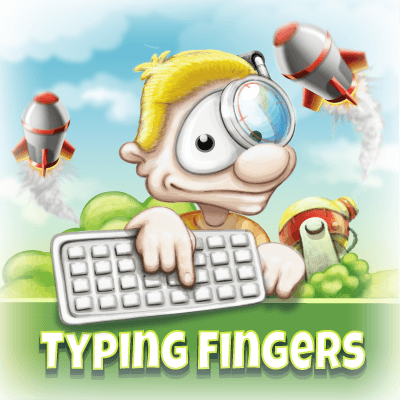Touch typing, the ability to type quickly and accurately without needing to look at the keyboard, is increasingly recognized as a vital skill in the modern world. Integrating touch typing as a study subject in schools offers several compelling benefits:
Enhancing Digital Literacy
In an age where digital literacy is as important as reading and writing, touch typing is a fundamental skill. It’s not just about typing faster; it’s about efficiently navigating the digital landscape, which is crucial for students in both their academic and future professional lives.
Improving Academic Performance
Touch typing can significantly improve students’ academic performance. With this skill, students can focus more on the content they are writing rather than the process of typing. This leads to better quality essays and assignments, and allows more efficient use of time during exams and classroom activities.
Preparation for Future Careers
Most professions today require some level of computer use. Proficiency in touch typing prepares students for the workforce by making them more efficient and adept at handling computer-based tasks. It’s a skill that can give them an edge in almost any career path.
Reducing Physical Strain
Touch typing is ergonomically beneficial. It reduces the strain on the eyes and neck caused by constantly looking down at the keyboard. Proper typing techniques also reduce the risk of repetitive strain injuries, which are common in individuals who use keyboards extensively but do not type correctly.
Boosting Confidence and Independence
As students become proficient in touch typing, their confidence in using computers and technology soars. This confidence can translate into greater independence in learning, as students feel more capable of undertaking research, completing assignments, and expressing their ideas digitally.
Promoting Equity in Education
Touch typing levels the playing field by ensuring all students, regardless of their background, have the same basic skill set in using technology. This is especially important in a world where access to technology can vary greatly among students.
In conclusion, incorporating touch typing into the school curriculum is not just about teaching students to type; it’s about preparing them for a digital world, enhancing their academic skills, promoting physical well-being, and ensuring equitable access to essential digital skills. As such, it should be considered an integral part of modern education.




